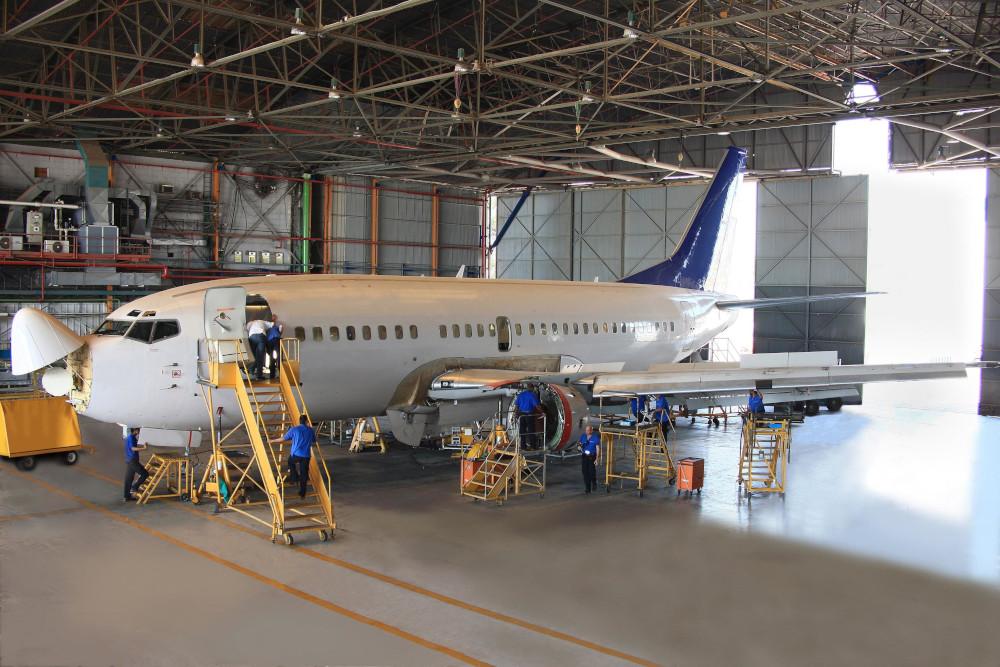
The great wave of MRO consolidation hasn’t materialized much beyond some tier two and three suppliers over the past 18 months as the industry still looks to gain a better view of the long-term recovery.
One of the factors that’ll determine the future of the market is the recovery of airlines, with many carriers yet to determine their longer-term fleet strategies with a sizeable number of aircraft, particularly widebodies, still parked to the tune of around 5,000 aircraft.
“It's important to look at what they [airlines] are going to do in terms of fleet strategy,” says Neranjana de Silva, principal at consultancy firm Roland Berger, at an aftermarket consolidation panel at MRO Europe in Amsterdam. She cites retirements of older widebodies such as the 747 and the move towards smaller, more fuel-efficient aircraft the 787 and A350 as examples of this fleet consolidation as well as carriers moving towards new engine programs.
Neil Glynn, MD, head of European transport, aerospace and defence equity research at Credit Suisse, says the airline sector should consolidate further but the landscape of which players will be involved remains obscured. “It’s difficult at this stage to determine who makes it and who doesn’t,” he says. “I believe there will be more reductions of airline sizes rather than outright failures from here and the market will consolidate in that way rather than there being a litany of bankruptcies over the next year or so.”
The way in which MROs approach the future market in terms of strategy has also been scrutinized. “A lot of MROs adapted the capacity in their portfolios or are in the process of doing so not just in terms of downsizing but also looking at what products or subsidiaries they still need,” says Daniel Luecke, head of mergers and acquisitions at Lufthansa Technik. “If there is more visibility on the recovery path, and factors such as state-aid programs running out, there will be better visibility of the valuation of companies going forward and there could likely be more pressure for companies to sell then.”
With a potentially altered aftermarket landscape through consolidation of both airlines and MROs is the role of independent repair specialists. Alan Harding, VP MRO Europe & Asia at Ametek MRO, which operates primarily in the component repair space, foresees some changes afoot in that segment.
“We’re going to see some further consolidation within the independent service providers (ISPs) and brokers. Traditionally they’ve kept several units in serviceable condition for rapid turnaround times to answer the operational needs of the customer. I think they [ISPs and brokers] need to partner with MROs to offer more a complete bundled service rather than a part number solution so some of that cost burden is shared.
In the realms of mergers and acquisitions, private equity money should remain prominent, de Silva says. “We shouldn’t underestimate the role of private equity because the type of thing they would do is come into a downturn, try to get a good deal and then find a recovery --that’s how they’ll sell off.”
Luecke expects more consolidation in 2022 but in the “medium to low range of the market” and not among the larger players due to their shareholder background.
From his perspective in finance, Credit Suisse’s Glynn says certain factors should see a continuation of favorable conditions for potential buyers. “Current interest rates and current available financing rates for private equity as well as for other potential buyers are likely to ensure that demand remains strong,” he says.
“Whether it’s a trade buyer or a private equity purchaser, there will be management teams and investment committees focused on answering the question: how long does cheap financing remain available and what kind of returns can we make while that situation does persist?”





